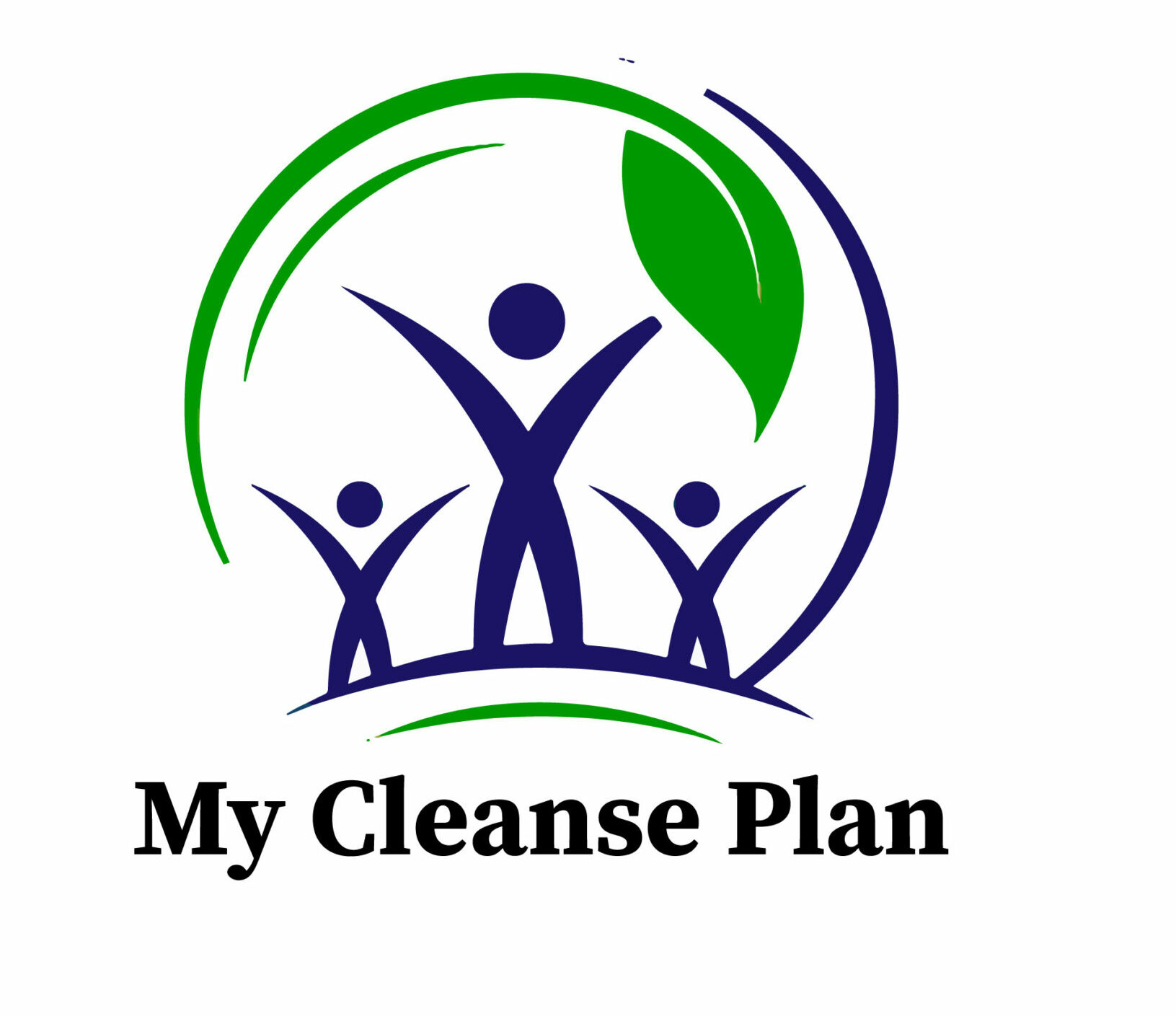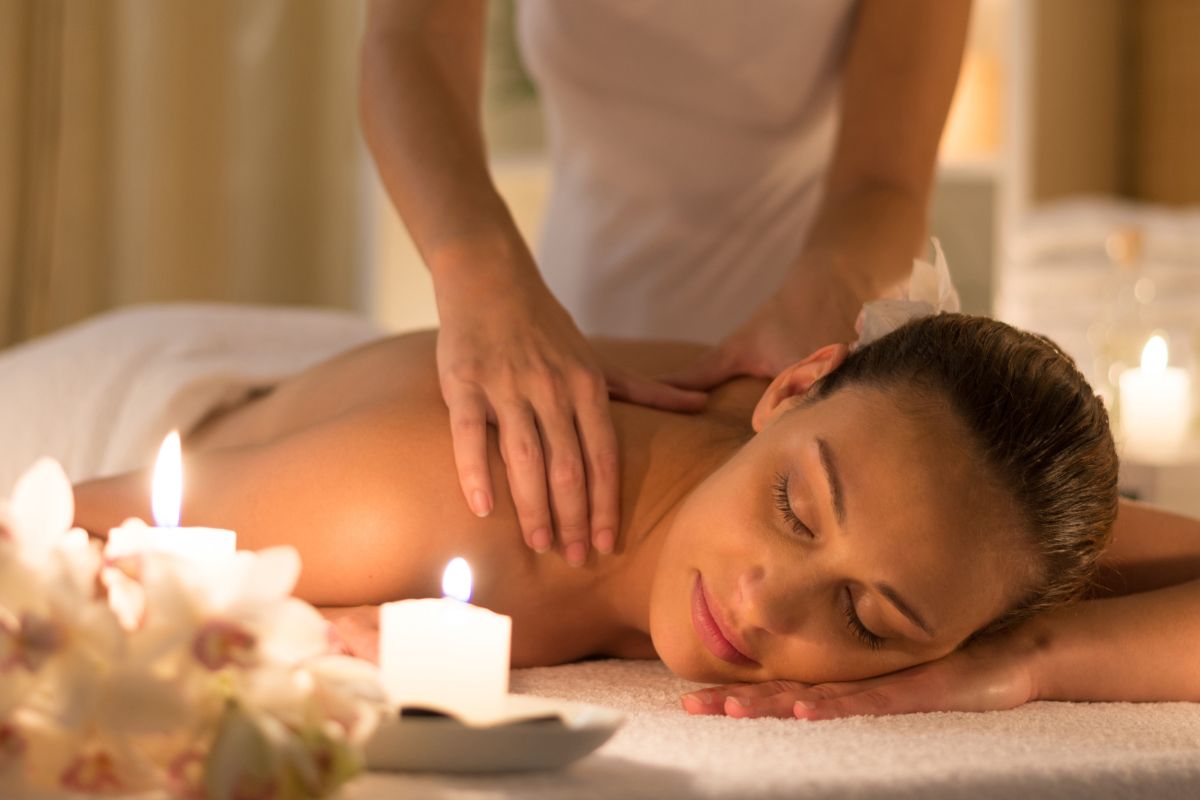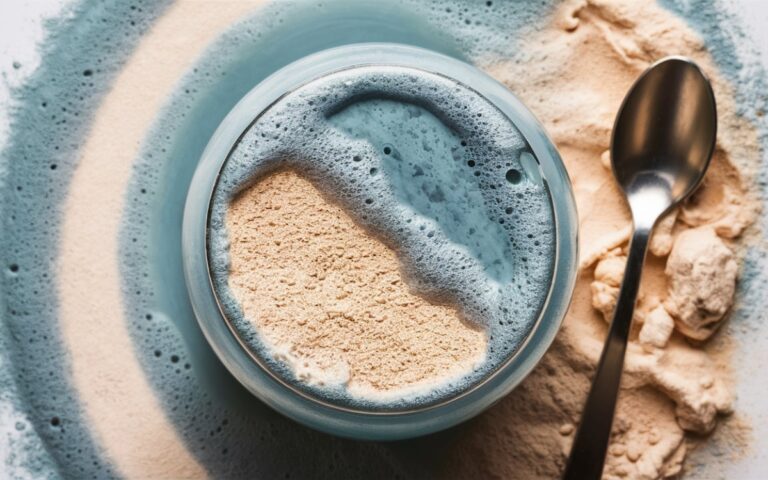What Toxins Are Released After Massage And Do You Need One
When you go to a massage therapist, you’ll be offered a treatment that goes a long way toward treating chronic health issues.
It can also help remove harmful toxins from your body to the tissue level.
Some have experienced a period of sickness after a massage.
While massages can’t flush toxins from your body entirely, there are some ways you can boost this process after your massage, regardless if the massage is for professional or personal purposes.
Read on to find out what a massage really does, the areas of focus, and how you can boost the effectiveness of a massage.
Key Areas For A Massage
Suppose you suffer from circulation or tension issues.
In that case, you may be referred to a massage therapist who is different from a chiropractor who focuses on joint and muscle issues, which usually requires a lot of force to move them in different positions.
You can get a full-body treatment for a massage, but you can ask for them to focus on specific areas, including the head, back, neck, shoulders, thighs, buttocks, calves, arms, hands, chest, stomach, and feet.
This can help with pain relief as they can apply slight pressure for a few minutes on your pressure points, which can help them to relax and heal.
This is very beneficial to those who find medication doesn’t target the source of the pain.
What’s All This About Toxin Release?
There is some debate over how effective this toxin release is in massages, as it is said to be an old-age myth, but some practitioners in physiotherapy say this can be done.
The focus is toxins that cause muscle pain, headaches, and fatigue.
The toxins in question start as acidic byproducts that can’t be removed effectively, so they are stored in the body and build up over time.
When left, they say this can lead to hypertension, hormonal imbalances, respiratory issues, and bone loss.
During the massage, the physical sensation helps dissolve these toxins and build up in the tissues.
After this, they are released into the bloodstream and removed through secretion.
Not only does it say it can release these toxins, but psychological and physical benefits can enhance your body’s natural detoxification system by preventing this buildup from becoming a problem in the first place.
Related Article: What is the Alkaline Detox – What Is It All About
Massage Options
It’s not only a standard massage that is said to eliminate toxins, but seven distinct types focus on different aspects of the body.
Many are said to leave many feeling refreshed and energized afterward.
These are:
- Lymphatic drainage massage
- Deep tissue massage
- Thai massage
- Sports massage
- Swedish massage
Within these types, subgroups may focus on specific methods of deployment that range in intensity and may use some unorthodox techniques to release stress and improve flexibility.
Some may even help some with emotional and spiritual development.
Related Article: What is the Saltwater Flush -How Does it Work?
Can You Make A Massage More Effective?
If you’re wondering if this treatment suits you, there are a few ways to make this process more convenient, which can target the areas you need relief from.
This is where we look at these in a bit more detail below.
What Is It You Need?

First, you want the massage session to go well, so you can start by communicating your requirements to the therapist before you start, as an overall massage may be less efficient.
This is why communicating accurate health information and complaints goes a long way, as the message can be intentional.
If you are open-minded about these methods, you’ll find it easier to relax, so there aren’t any delays to the treatment.
During the massage, you also want to communicate the areas that give you the most discomfort, and if something doesn’t feel right or causes you pain, you can bring this up to see what other alternative treatments there are for this area.
Related Article: Are Cleanses Safe? Cleansing: The Good, The Bad, The Ugly
After Your Massage
If you need more than one session, you may be told ways to unwind and relax your body, so the process gets easier over time.
Some sources have said a good amount of water can help with the detoxification process, and you may be told to drink extra afterward.
While it is said that drinking this extra water plays no role in this process, your body can naturally detoxify your body through excretion and sweat.
Still, you don’t necessarily need a massage to make this happen.
However, it may be beneficial to drink water anyway, as this is a way to transport these toxins to your bloodstream.
Explore Also:
Creativehouseblog
Dietsheriff
Gigasecurehome
This is important as water is like a lubricant that keeps your systems in check, as your kidneys need this to remove waste products from the blood.
Do You Need A Massage?
A distinct group of people is told to specify a condition that may not make massages possible.
These include skin conditions, bruises, open wounds, burns, blood clots, kidney conditions, uncontrolled hypertension, and inflammation Mycleanseplan.
In some circumstances, a massage may aggravate and worsen these conditions, so you’ll either be given a more non-invasive mode of treatment or have to be referred to a specialist to focus on the issue separately.
If you go to your therapist with one of these conditions, there’s a good chance that you’ll be refused treatment, which is not ideal and can be very frustrating.
Be sure to check in with your doctor to see your options and which are more effective.
Related Article: Is a Cleanse Good For You – One Small Change at a Time
Closing Thoughts
One benefit that sometimes goes unnoticed is the release of endorphins, which can significantly reduce stress and improve your well-being.
While your body can dispel toxins on its own, that doesn’t mean you should avoid massages, as they can be adjusted to fit your preferences.
If you learn to alter your expectations, you can ensure that you don’t get too hopeful for a specific massage treatment, so some flexibility is needed here.







